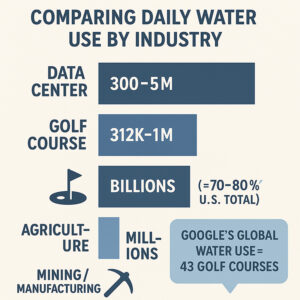
The World’s Oldest and Largest Manufacturer
of Wired and Wireless Sensor Solutions
Deploying the AKCP Data Center Monitoring solution creates a Digital Twin of your data center. A virtual copy of the physical data center used to simulate scenarios, predict performance and improve efficiency and reliability.

From Simple Sensor Monitoring to Hyperscale Data Centers
Sensors Solutions
From the simple to the complex. Deployed in data centers, remote sites, cold chain and warehouses.
Data Center Monitoring
Data center digital twin sensor solutions that prevent disaster while assisting in reducing energy usage.
Reduce Energy Costs
Save energy costs by focusing cooling capacity. sensorCFD provides visualization of where your air is going and where it needs to be.
Release Stranded Capacity
Maximize performance and release stranded capacity. Ensure that your air is cooling servers doing work and not being wasted cooling unnecesary space.
Monitor Thermal Risk
Protect IT equipment and monitor for hotspots in your racks. Meet ASHRAE recommendations for data center operating temperatures.
CO2 Reduction
Efficient use of cooling capacity results in improved carbon emissions. AKCP aids your corporate philosophy of achieving Net Zero emissions.
Realtime Insights
AKCPro Server DCIM provides realtime insights to data center performance metrics such as PUE. 2D and 3D heatmaps, ∆T and ∆P, humidity, security power and assets.
Return on Investment
Reduced energy costs, lower carbon footprint, increased capacity, mitigate hot spots. All of the above result in return on investment. Lower OpEx = higher margins.
WHAT IS MY PUE?
Data Center PUE is a metric used to determine how efficiently your power is being utilized. A ratio of cooling power to IT power consumption. It is an important metric for those looking to save money, reduce carbon footprint, or increase server loads without increasing cooling capacity. The use of containment in your data center design has massive impact on your PUE. Even a small computer room with a single rack can benefit from preventing hot and cold air mixing. This results in huge potential savings on energy costs. Try our PUE calcualtor to find out how much you can save.
Case Study | AKCP Monitoring for Libyan Telecoms Remote Sites and Data Centers
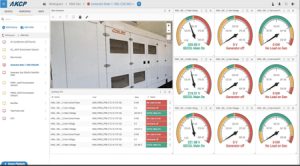
AKCP’s distributor in Libya, Alshafak, have conducted training for LITC (Libyan International Telecoms Company). LITC have an installed base of over 200 AKCP base units, Door Control Units and sensorProbeX+ devices, monitoring remote locations and telecom sites throughout Libya. Sensor data is consolidated with video streams from IP cameras with AKCPro Server. The solution was deployed to monitor remote site locations. Base Transceiver Station (BTS) tower sites across Libya are now monitored from a single location and software.
Case Study | Monitoring for NourNet Data Centers - Saudi Arabia
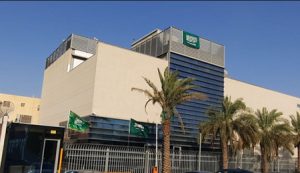
NourNet data centers operate tier-3 data centers in the Kingdom of Saudi Arabia. Their carrier-neutral data centers are located in Riyadh and Dammam, with over 500 racks at each site offering hosting and colocation services.
Meeting tier 3 requirements is challenging. Monitoring plays an important role in meeting the standards. Through the AKCP monitoring and alerting system NourNet can ensure that they are always ahead of the curve when it comes to their data center operations. The sensorProbeX+ base units were deployed, together with airflow, water leak detection and cabinet thermal map sensors.
Case Study | AKCP Power Monitoring for Colocation Data Center
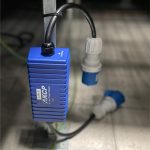
Salam Integrated Telecom Company are a leading provider of communications in Saudi Arabia, offering broadband and satellite internet services. Since being established in 2005 they have grown to provide consumer, business and wholesale telecoms services. Salam manage 6 data centers, and two international cable landing stations in Jeddah and Al Khobar. These stations connect Saudi Arabia via submarine cables to the rest of the world. The connection is distributed throughout Saudi Arabia via 17,000km of fiber optic cable via the Saudi National Fiber Network.
Case Study | General Electric Aviation use AKCP to Monitor Warehouse Facilities
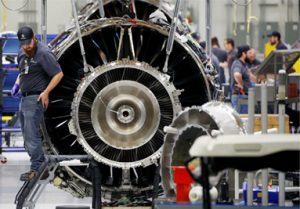
Aviation repair workshops are part of the critical infrastructure for the aviation industry. Aircraft maintenance is crucial for the safety of passengers, and regulatory compliance. There are resins and paints used for aircraft component repair which must be stored at specific temperatures and/or humidity. This not only applies to their storage, but to the repair process itself. There are certain components that must be repaired while maintaining an acceptable temperature and humidity range.
AKCP monitors the aviation maintenance industry to ensure safety and compliance. Lufthansa Technik – International and GE Aviation Systems – Australia have deployed AKCP monitoring devices and sensors in their aviation repair workshops to ensure compliance with the temperature and humidity requirements for the storage and repair of aircraft parts.
Case Study | AKCP Temperature Monitoring for Greenhouse Data Centers Colocation Facility
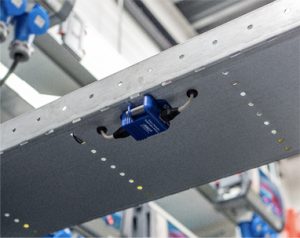
AKCP, the world’s oldest and largest supplier of networked wired and wireless sensor solutions, was selected to monitor the infrastructure for Greenhouse Datacenter’s highly secure and energy-efficient colocation data centers in the Netherlands. AKCP Temperature monitoring solutions protect the clients equipment.
Founded in 2013, Greenhouse Datacenter’s is a fast-growing data center developer and operator. Focused on establishing the highest security and reliability for its colocation clients, operating two facilities in the Rotterdam/ The Hague area. This region has become one of Europes largest data center hubs. Thanks to its geographical location and excellent digital infrastructure, the Netherlands has created a strong ecosystem that attracts tech companies from across the globe.
Latest Posts
Overcool or Overheat? There’s a Better Way.
In today’s data centers, the battle between overcooling and overheating isn’t just a technical challenge — it’s a major operational cost driver.
Legacy facilities often default to excessive cooling, prioritizing uptime at the expense of energy efficiency. But without advanced airflow containment, real-time monitoring, and actionable insights into temperature and pressure, even the best intentions lead to wasted energy and higher costs.
Consider this: for every 0.5°C (1°F) rise in server inlet temperature, data centers can slash energy costs by 4–5%. Yet pushing temperatures higher safely requires razor-sharp visibility into the thermal environment — not guesswork.
The reality? The average data center operates at a PUE of 1.5, while many legacy sites lag behind at 1.7 to 2.5. These facilities are leaving 10–20% in potential energy savings on the table every year.
This is where AKCP makes the difference.
Founded in 1981, AKCP is the world’s first and largest manufacturer of networked environmental, security, and power monitoring solutions — trusted by over 200,000 facilities worldwide. AKCP’s proven expertise has defined the industry for over four decades.
Now, with AKCP’s groundbreaking Digital Twin technology, data centers are taking efficiency to the next level. By creating a live, synchronized 3D model of your facility, AKCP Digital Twin enables predictive environmental management, airflow optimization, and precision cooling — turning your data center into a finely tuned, high-efficiency machine.
Stop choosing between overcooling or overheating.
Start choosing AKCP — and unlock the full potential of your data center.











